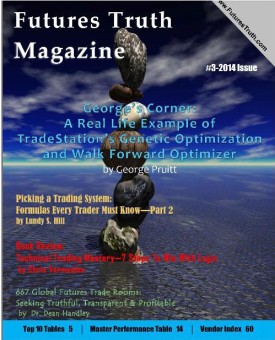PATTERNS LIBRARY
Clicking on the link below you will access my patterns library:
This is my patterns library. By typing the pattern’s number code on the excel filter on “H” column, you get the pattern’s performance sheet. On each of my blog post I’m writing the code number of the patterns triggering for that night.
Patterns are classified as the following:
PRICE – price behaviour is the main driver
VOLUME – volume is the main driver
SEASONALITY – price behaviour is mixed with seasonality
RANGE – daily range is considered as well as various filters based on Average True Range
BOLLINGER – Bollinger Bands indicator is the main filter in these patterns
RSI – Relative Strength Index helps to build these patterns
VIX – The Fear Index is the main filter
TNX – Interest Rates focused patterns
PROFIT FACTOR and % RANK – Proprietary systems based patterns
FED DAY and FED MINUTES – Patterns related to Fed events seasonality
OPEX – OPEX Friday seasonality patterns
I will add new patterns every time I discover them.
PATTERNS LEGEND
NT (Numbers Total) stands for the total number of instances that triggered from 1993 to present.
%W (Percent of Winnings) stands for the percent of long-only winning trades. For bullish patterns, I want this number as high as possible and above 50% whilst for bearish patterns I want this number as low as possible and always below 50%.
PF (Profit Factor) stands for profit factor (total sum of gains/total sum of losses), commonly defined as the ratio of total sum of gains and losses. For bullish patterns I want this number as high as possible, best is higher than 2, while for bearish patterns I want this number below 1, best is below 0,5.
AW (Average Winning) stands for average winning trade. For bullish patterns I would like its absolute value to be bigger than AL.
AL (Average Losing) stands for average losing trade. For bearish patterns I would like its absolute value to be bigger than AW.
MAX stands for the best winning trade. For bullish patterns I would like its absolute value to be bigger than MIN.
MIN stands for the worst losing trade. For bearish patterns I would like its absolute value to be bigger than MAX.
T-score stands for T-Student value to measure its statistics relevance. For bullish patterns I want it positive and bigger than 1 and for bearish patterns I want it lower than -1. Sometimes I go deeper when checking it with its correct dynamic threesholds.










